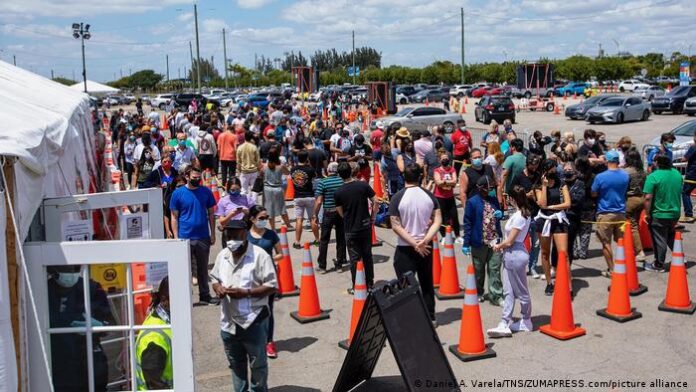The US Senate has voted to block President Biden’s vaccine mandate for employees of private businesses. Meanwhile, COVID-19 contributed to 100 million kids falling into poverty in the last two years.
The most recent information is available at DW. COVID vaccine mandates are divisive in the United States. President Joe Biden’s COVID-19 vaccine or testing mandate at private firms was blocked by the US Senate on Wednesday.
- Covid-19: Vaccinated persons are immune to new Omicron variant – GHS
- The US have donated over 5million vaccines to Ghana to accelerate Ghana’s vaccination processes.
From January 4, all private enterprises with more than 100 employees must have their employees immunized or undergo weekly testing, according to Biden’s directive. The final vote was 52-48 in favor of the resolution to prevent the mandate, with all 50 Republicans and two Democrats voting yes.
The Senate vote, however, does not imply that the mandate will be overturned.
To take effect, the resolution would need to be passed by the Democratic-led House of Representatives, which is unlikely to happen.
The mandate will be put on hold by federal courts until the House votes. Nevertheless, the bipartisan opposition to the mandate has given Republicans a symbolic victory over what they say is government overreach.
After the vote, Joe Manchin, who with fellow Democrat Jon Tester of Montana sided with Republicans, said although he supports a vaccine mandate for federal employees and the military, it is “not the place of the federal government” to dictate to private businesses.
Global
The coronavirus pandemic is among the biggest crisis to have impacted children worldwide, according to a report by the United Nations Children’s Fund (UNICEF). In less than two years, 100 million more children have fallen into poverty — representing a 10% increase since 2019.
In addition to an increase in the number of children who remain hungry and out of school, there has also been a decline in the number of children with access to health care, vaccines and other essential services, according to the executive director of the UN agency for children.
It could take seven to eight years in the best-case scenario to return to pre-COVID child poverty levels.

